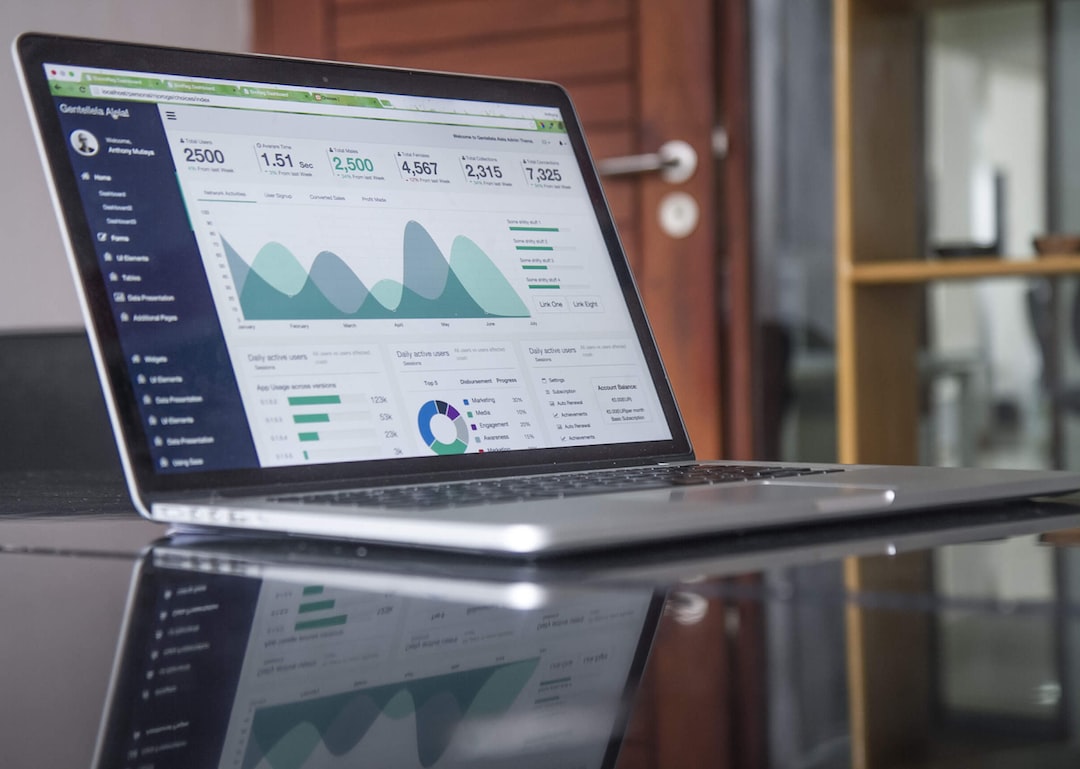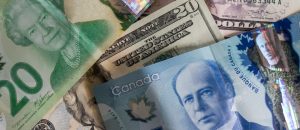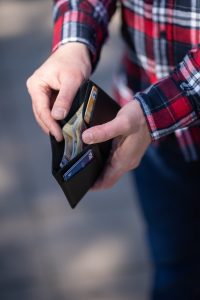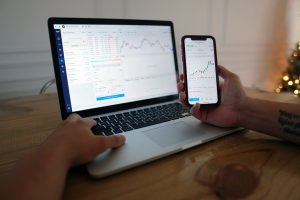Forex trading can be a lucrative venture, but it also carries a high degree of risk. One of the risks involved in forex trading is slippage. Slippage occurs when a trader enters or exits a trade at a different price than they intended. This can be caused by a variety of factors, such as market volatility, liquidity, and execution speed. Slippage can have a negative impact on a trader’s profitability, but there are steps that can be taken to minimize its occurrence.
What is Slippage?
Slippage is the difference between the price a trader intended to execute a trade at and the price at which the trade was actually executed. Slippage can occur in any market, but it is particularly common in forex trading due to the high volatility and liquidity of the forex market. Slippage can have a negative impact on a trader’s profitability, as it can increase the cost of entering or exiting a trade.
Causes of Slippage
Slippage can be caused by a variety of factors, including:
1. Market Volatility
The forex market is highly volatile, and prices can fluctuate rapidly in response to news, economic data, and geopolitical events. When the market is volatile, it can be difficult to execute trades at the desired price, and slippage is more likely to occur.
2. Liquidity
Liquidity refers to the ease with which traders can buy and sell assets. In the forex market, liquidity varies depending on the currency pair being traded and the time of day. When liquidity is low, it can be difficult to execute trades at the desired price, and slippage is more likely to occur.
3. Execution Speed
The speed at which a trade is executed can also affect the likelihood of slippage. If a trader’s order is not executed quickly enough, the price may have moved by the time the trade is executed, resulting in slippage.
How to Avoid Slippage
While slippage cannot be completely eliminated, there are steps that traders can take to minimize its occurrence. These include:
1. Use Limit Orders
Limit orders allow traders to specify the maximum price they are willing to pay for a currency pair when buying or the minimum price they are willing to accept when selling. Using limit orders can help to minimize slippage, as the trade will only be executed at the specified price or better.
2. Avoid Trading During News Releases
News releases can cause sudden spikes in market volatility, which can increase the likelihood of slippage. Traders can avoid slippage by avoiding trading during news releases or by using limit orders to enter or exit trades during these periods.
3. Choose a Broker with Fast Execution Speeds
The speed at which a trade is executed can affect the likelihood of slippage. Traders can minimize slippage by choosing a broker with fast execution speeds and a reliable trading platform.
4. Monitor Market Conditions
Traders should monitor market conditions, such as volatility and liquidity, to determine the best times to enter or exit trades. Traders can use technical analysis tools to identify trends and support and resistance levels, which can help to minimize slippage.
Conclusion
Slippage is a risk that all forex traders should be aware of. While it cannot be completely eliminated, traders can take steps to minimize its occurrence. Using limit orders, avoiding trading during news releases, choosing a broker with fast execution speeds, and monitoring market conditions can all help to minimize slippage and increase profitability. By understanding the causes of slippage and taking proactive measures to address it, traders can reduce their risk and increase their chances of success in the forex market.






